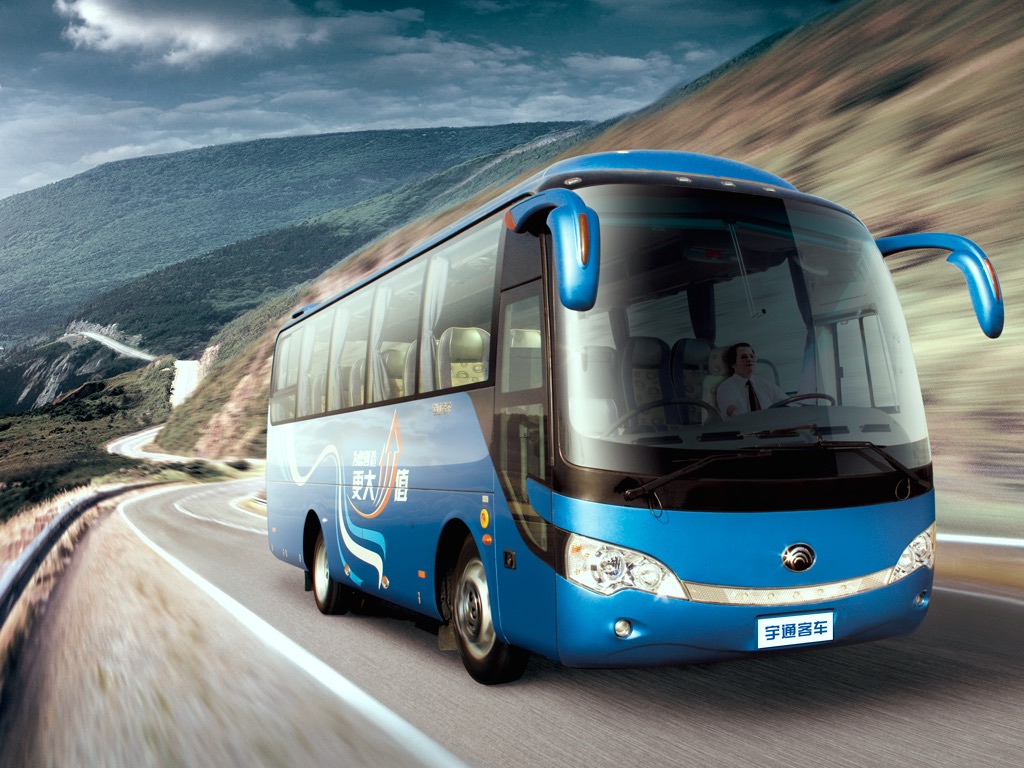Car traffic is a very much present problem in almost all — if not all — cities in the world. This can hamper the daily operations of the city. It costs time. It costs money. Sometimes, it can even cost lives.
Even so, our understanding of the dynamics of urban traffic is limited. Urban traffic models present right now are severely restrained either in the aspect or location covered.
With this, a simple, general urban traffic model which can be applied to any city is desirable. In an attempt to create such a model, Vincent Verbavatz and Marc Barthelemy identified the key ingredients of car traffic in their paper, Critical factors for mitigating car traffic in cities.
The paper involves the creation of a statistical model. Definitely, there’s a lot of mathematical equations involved. If you are interested in an in-depth discussion, you should check the paper out.
Here, we’ll discuss the fundamentals of the model.
From our partners:
Key ingredients
Verbavatz and Barthelemy are aiming to create a parsimonious model. In statistics, such a model would be one with the lowest number of variables with the maximum capability to predict a variable of interest.
In a nutshell, it is a model which can most efficiently predict what we are interested in.
In this case, the authors are interested in urban traffic-related quantities. In their study, they identified three predictors which can provide satisfactory predictive power:
- Access to mass rapid transit (MRT)
- Congestion effects
- Urban size
A sustainability standpoint
Take for instance one traffic-related factor: the quantity of carbon dioxide (CO2) emitted. Following the model, adjustments in these three factors would be instrumental in reducing (or worsening) the city emissions:
- Higher accessibility of MRT is associated with a corresponding decrease in CO2 emissions.
- Higher congestion is associated with higher CO2 emissions.
- Higher urban size is associated with higher CO2 emissions.
Using these three factors, we have gained much insight on what can be done to reduce emissions. The simplicity of this model is very appealing from a policy-making perspective.
On-going work
Given that parsimony was prioritized in the creation of the urban traffic model, a lot of variables which are also important in determining traffic-related factors are left out. The authors specified some variables which may be of interest to other researchers:
- Transportation modes
- Polycentrism
- Transport network structure
- Fuel price and tax
- Dynamic road pricing
You can think of the three factors identified by the authors as the must-haves of urban traffic models. The other factors can then be added in to increase the complexity and consequently the predictive power.
These models heavily rely on the presence of data. If we want to further our research in the traffic situation of cities, there should be an effort to make data richer and more accessible to the general public.













